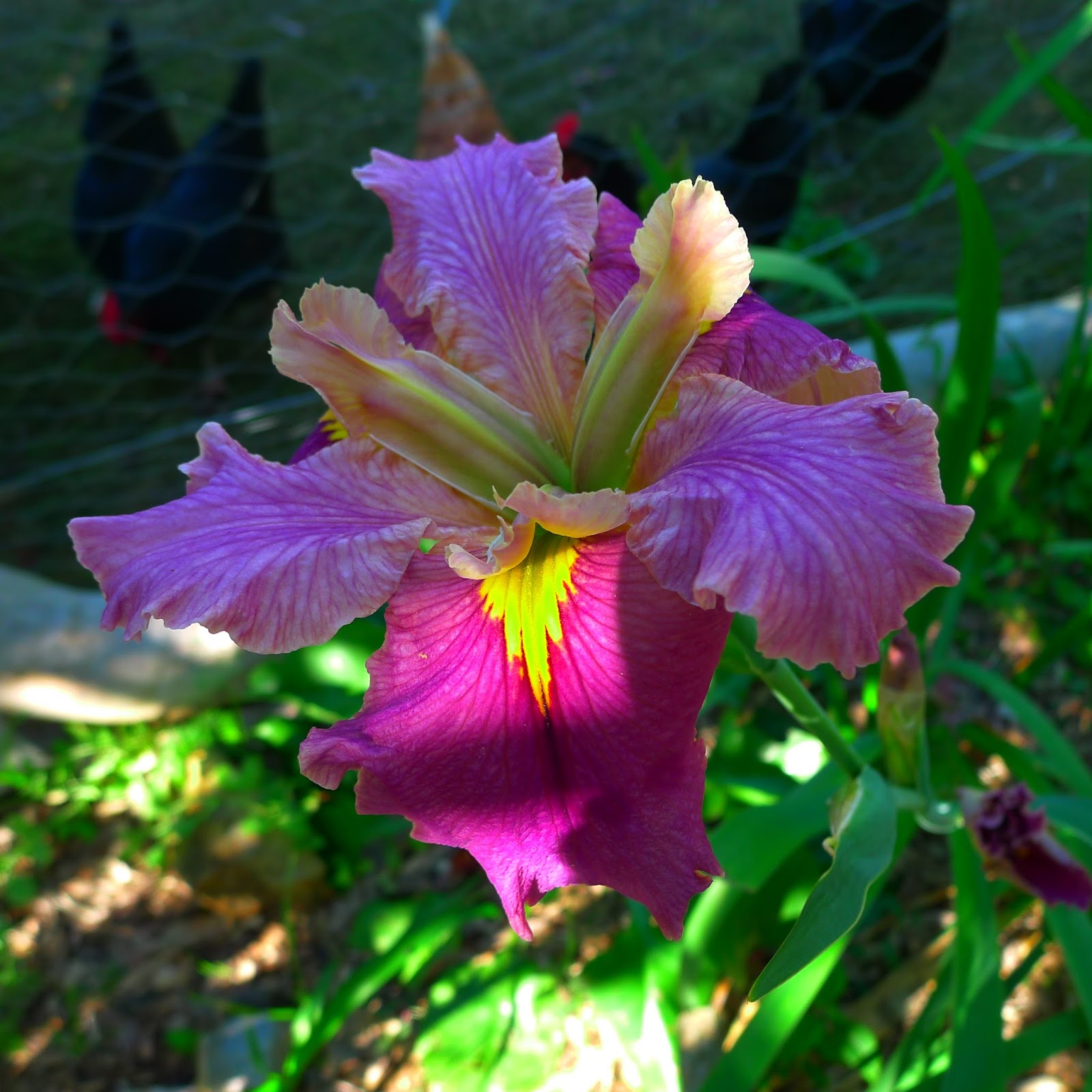Toowoomba is a picturesque mountain city located in south east Queensland some 127Km west of the states capital, Brisbane.
Clinging to the edge of the Great Dividing Range escarpment at an altitude of seven hundred meters above sea-level, the city affords breathtaking views of Table Top Mountain and the Lockyer Valley region across the east.
Toowoomba's climate is pleasant, temperature averaging a cool 5°C to 16°C in winter and a mild 17°C to 27°C in summer.
Toowoomba is Australia's largest inland regional city and is the commercial and economic hub of the Darling Downs.
The Darling Downs is a farming region on the western slopes of the Great Dividing Range in southern Queensland, Australia. The Downs are to the west of South East Queensland and are one of eleven major regions of Queensland, Area: 77,389 km²
There are many theories regarding the naming of Toowoomba. In the final analysis though, Toowoomba became "Toowoomba" regardless of which theory is correct.
In its earliest time of European settlement, Toowoomba was known as the ‘Drayton Swamp’ and was called ‘The Swamp.’ It is believed, that Aborigines pronounced the word Swamp to sound like ‘Tawampa’, which easily becomes Toowoomba.
Another version features a letter to the Toowoomba City Council from Steele Rudd claiming that his father had told him that in 1848 he first saw Toowoomba and in 1849, attached to J C Burnett, he assisted to lay it out. He believed that it was derived from the Aboriginal name of ‘Toogoom’ because of the reeds that grew here.
A third version and theory of the use of Toowoomba's name comes from Mrs Alford. It is believed that Mrs Alford asked the local Indigenous people what they called the area. They replied 'Woomba Woomba' meaning 'the springs and the water underneath.' The Alford's realised that two woombas would not be a suitable name for their house and store but by using TOO which is also a type of plural it would become Toowoomba.
This theory of the name Toowoomba came from a botanist by the name of Archibald Meston. In 1895 Meston wrote a book titled “A Geographical History of Queensland,” which included his explanation of the name “Toowoomba”. “Toowoom” or “Choowom” was the local Indigenous peoples’ name for a small native melon (Cucumus pubescens) which grew plentifully on the site of the township. The terminal “ba” is equal to the adverb “There,” so the whole word means “melons there,” or “the place where the melon grows”. This melon still exists and can be found growing in the Balonne and Warrego areas as well as areas closer to Toowoomba however there is no evidence that the melons grew in or near the Toowoomba swamps.
This version came from a man called Enoggera Charlie who wrote his story in the Sydney Morning Herald. He claimed when he was looking for work as a tar boy, he had camped overnight near the Toowoomba Swamp. Questioning an old shepherd sage of the naming of the Toowoomba Swamp he was informed that near the junction of the East and West Swamp there was a log with the inscription informing tramps the way to a well-known homestead where there was a certainty to rations. The inscription read 'To Woombrah.'
At around the same time that Enoggera Charlie wrote to the Sydney Morning Herald another man by the name of Ardlaw Lawrence put forward his theory. He suggested that the name Toowoomba may be an Anglicised version of the 'Boowoomga' which meant 'thunder' in the dialect of the Upper Burnett and Gayndah tribes. However he could give no reason for the name being transferred to the Darling Downs.
Writing in a pamphlet in 1899, George Essex Evans wrote that the name Toowoomba meant 'meeting of the waters' however this was again written without authentication.
Sources:
Dansie , R.A.(1989) "A Melon, a Swamp and a Piece of Red Calico."
Marriott, R.S. (1960) 100 Years of Progress: the story of Toowoomba.
©Photos/Ts





































